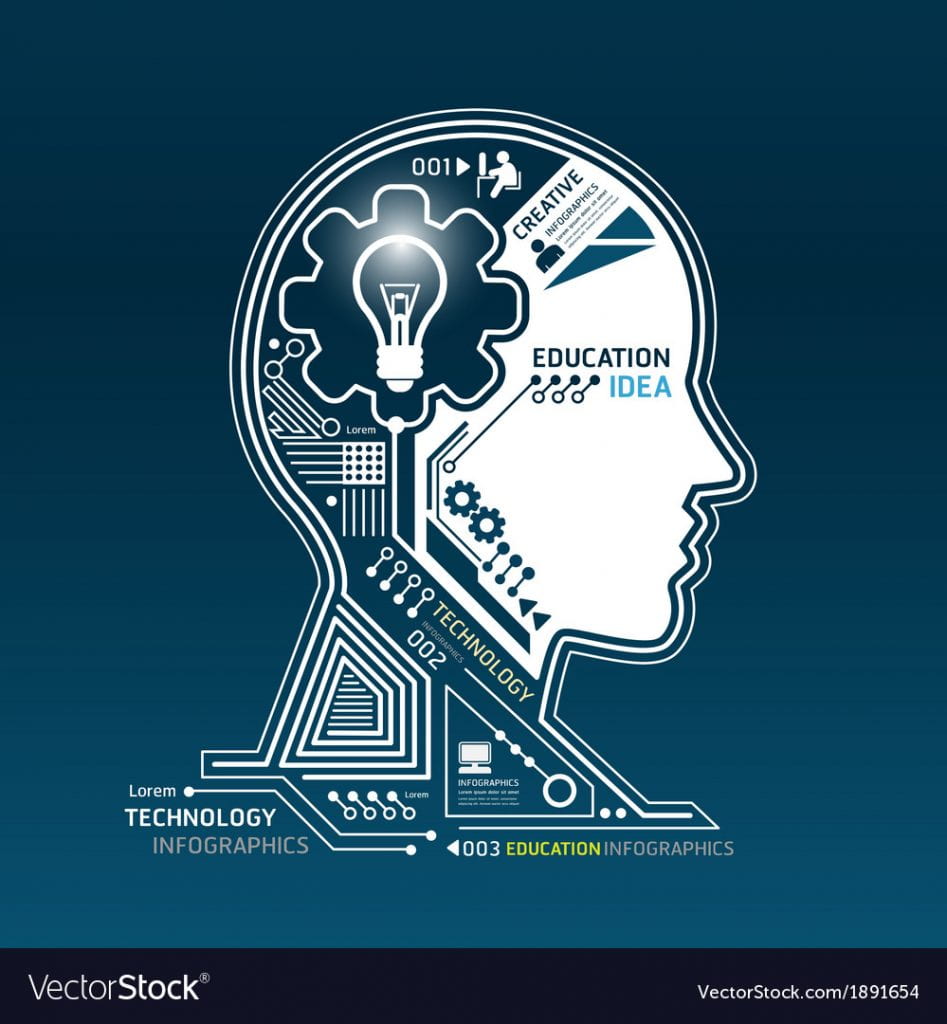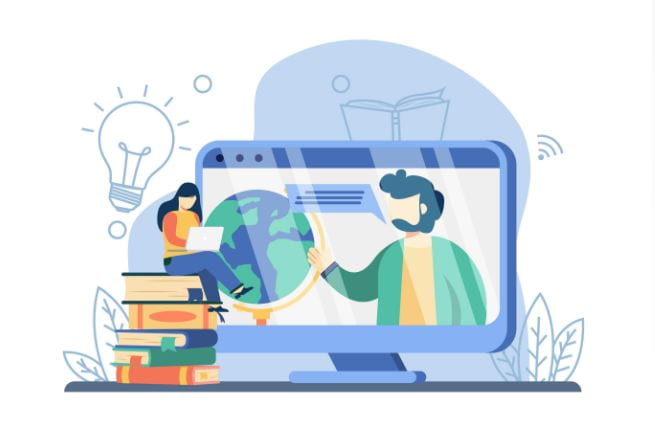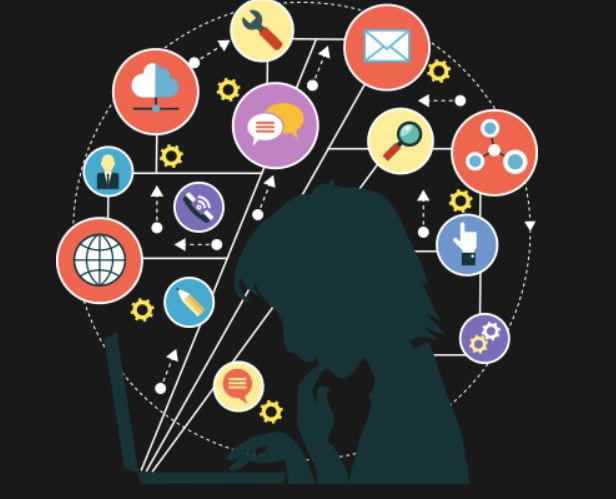Social Media is a useful tool to pass information. Nowadays, almost everyone is on social media including teachers and students. Now the question arises, should teachers use social media platforms to promote social justice. We have a great debate in our classroom and there were many relevant points to which I am agreed. I think teachers should use their voices and advocate for the concerns of the classroom or school. Also, as per Ribble’s nine elements of digital citizenship, we should be good citizens and explore ways to protect everyone’s privacy. We have seen how black life moment was discussed on social media and how all the citizens came forward to support it. So, we can say that social media when used correctly can be a powerful tool both offline and online.
As said by Jennifer in the classroom that “there is no such thing as neutral education” and being an educator we hold that power and potential to pass the messages. We should practice good social media and value differences in teaching and learning and it’s always fine to have opinions.
If you are not willing to share any concern on social media or post anything anonymously, means you are not supporting it completely. As a teacher, we should share our responsibilities towards society. Social Media opens the door and helps to share the feet on the ground activism. Some students in the classroom may choose to ignore it but as a teacher, we need to teach how to be on the side of truth. We can teach students how to be safe and respectful while sharing anything on social media.

Dalton and Brooke came up with a very strong that social media is not a place for activism. When we look at the teachers and students, we should not make it mandatory that all teachers should post on social media. If you want to support any concern participate in rallies and support the cause. If a teacher is posting and students will follow it without giving a second thought as the teacher is a role model to the students. Also, when we share so many things on social media, we limit the critical thinking of students.
Discussing LGBT rights in posting it on social media can make students start judging you. It comes back to the teacher, and they can even lose their jobs or can create a big impact on the position of teacher. It is not always our responsibility to do this outside the class. Moreover, If there is no proper information passed on social media, a teacher can be a problem. Freedom of speech doesn’t always mean that they are supporting the correct side. Social media is not only the way to be active citizens, and teach our students about the world we live in. This can give wrong messages to kids to become active on social media. Taking action is more important than talking on social media as teachers can be found non-trustworthy when there are only words and no actions in real life.
All in all, I think it is not only the duty of teachers to guide students about the use or misuse of social media platforms like Facebook, Twitter, and so on, but parents should keep an eye on younger children so that they do not follow any wrong path in that growing period. Teaching ethics, and morals, and following the right path should be the main area.






